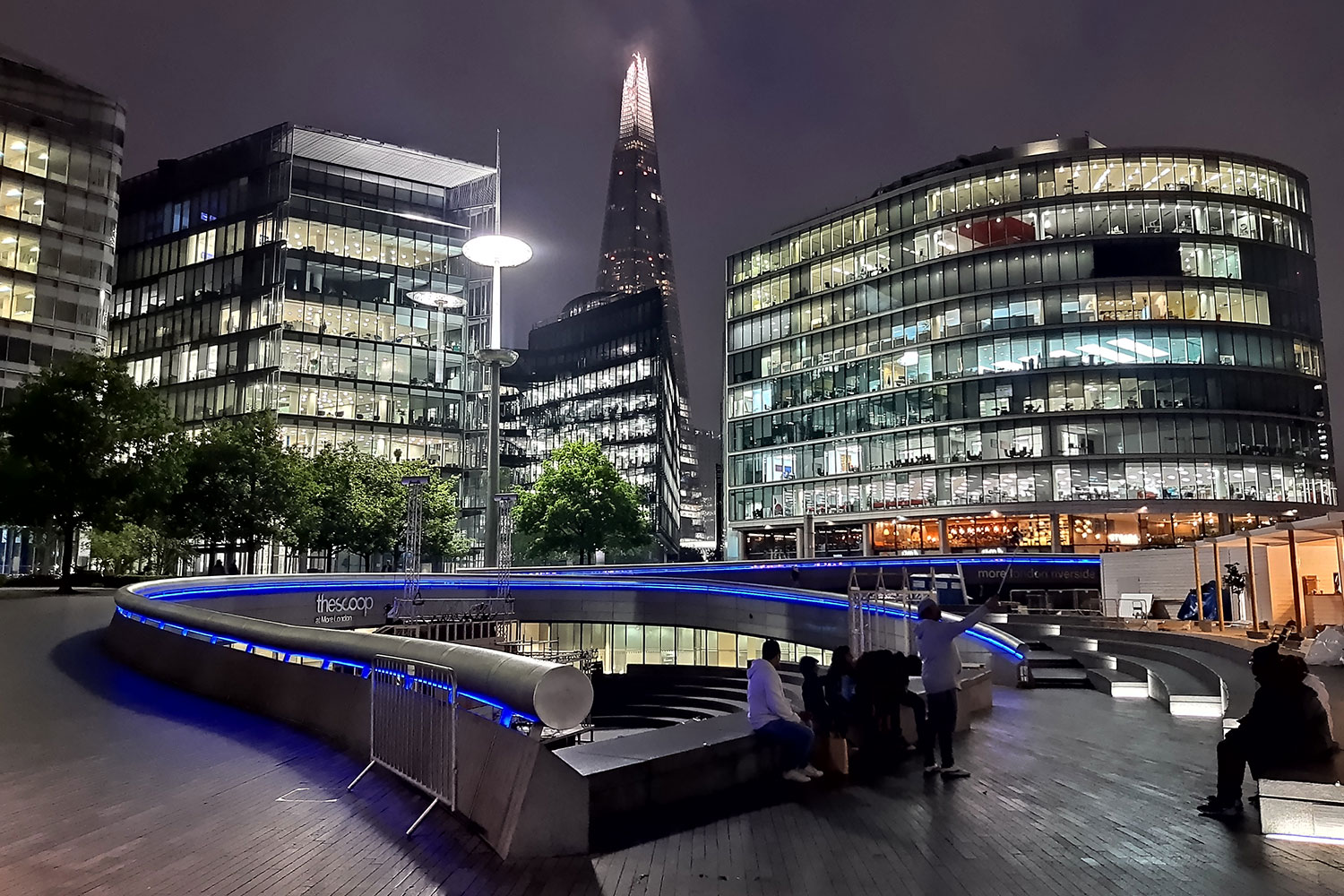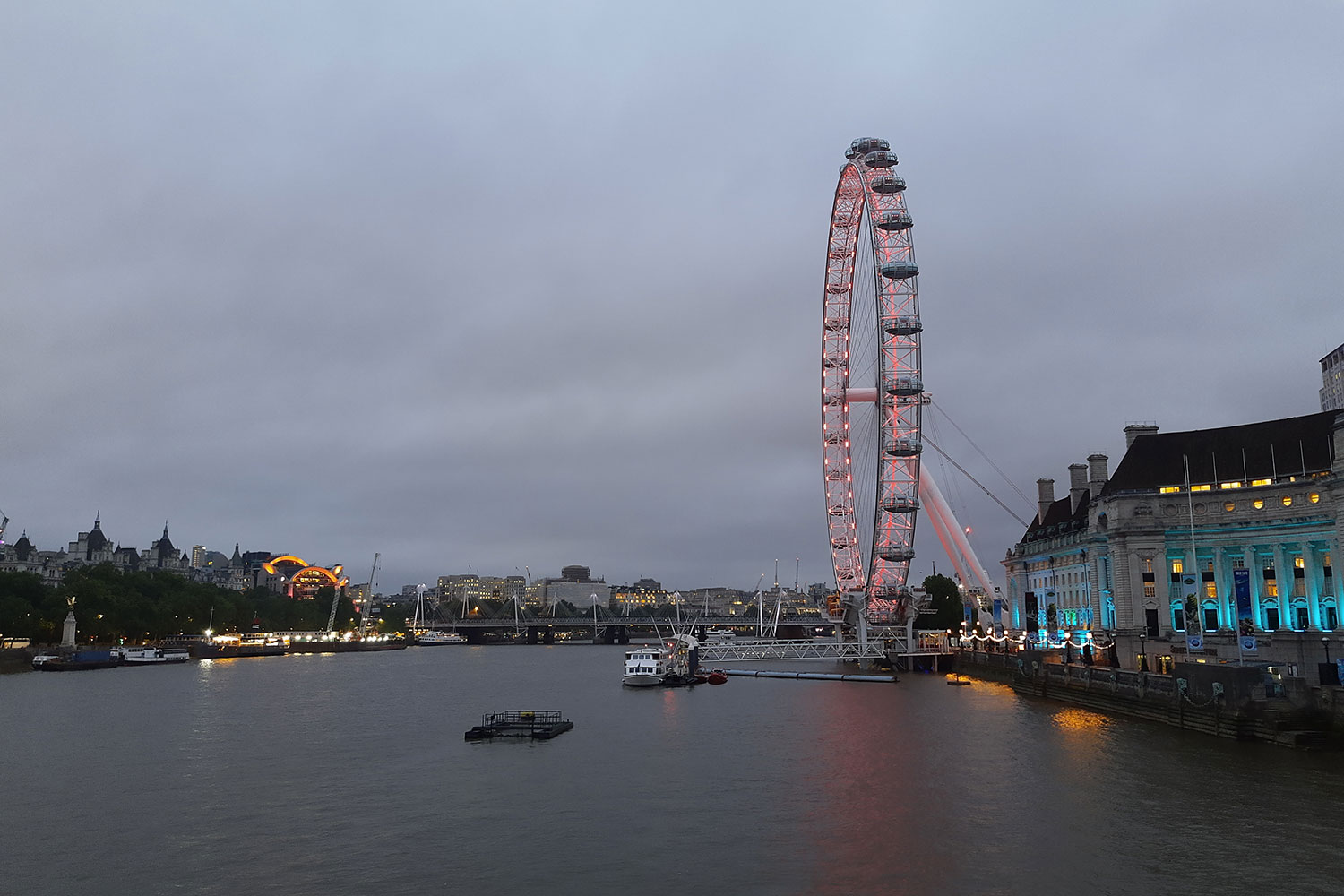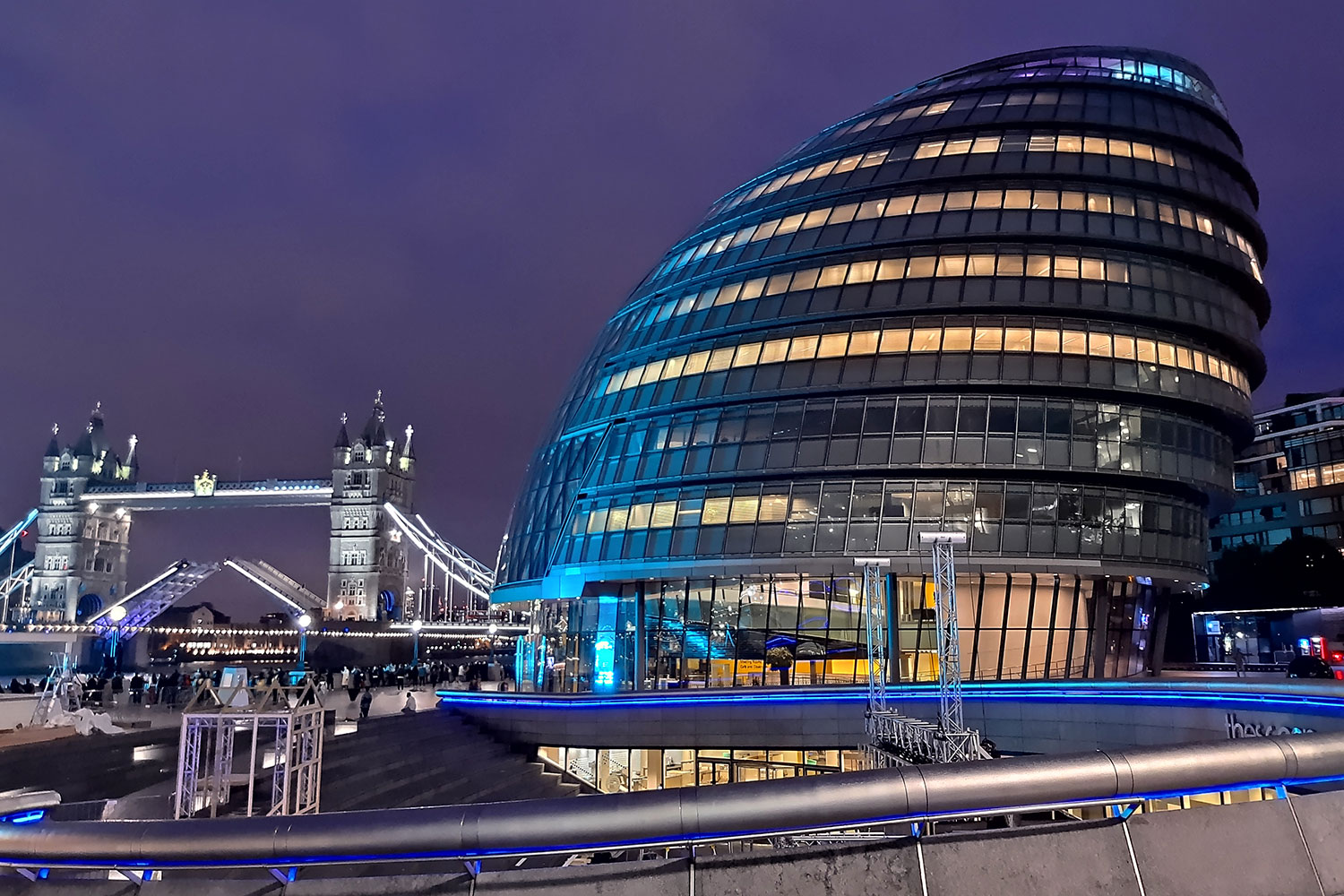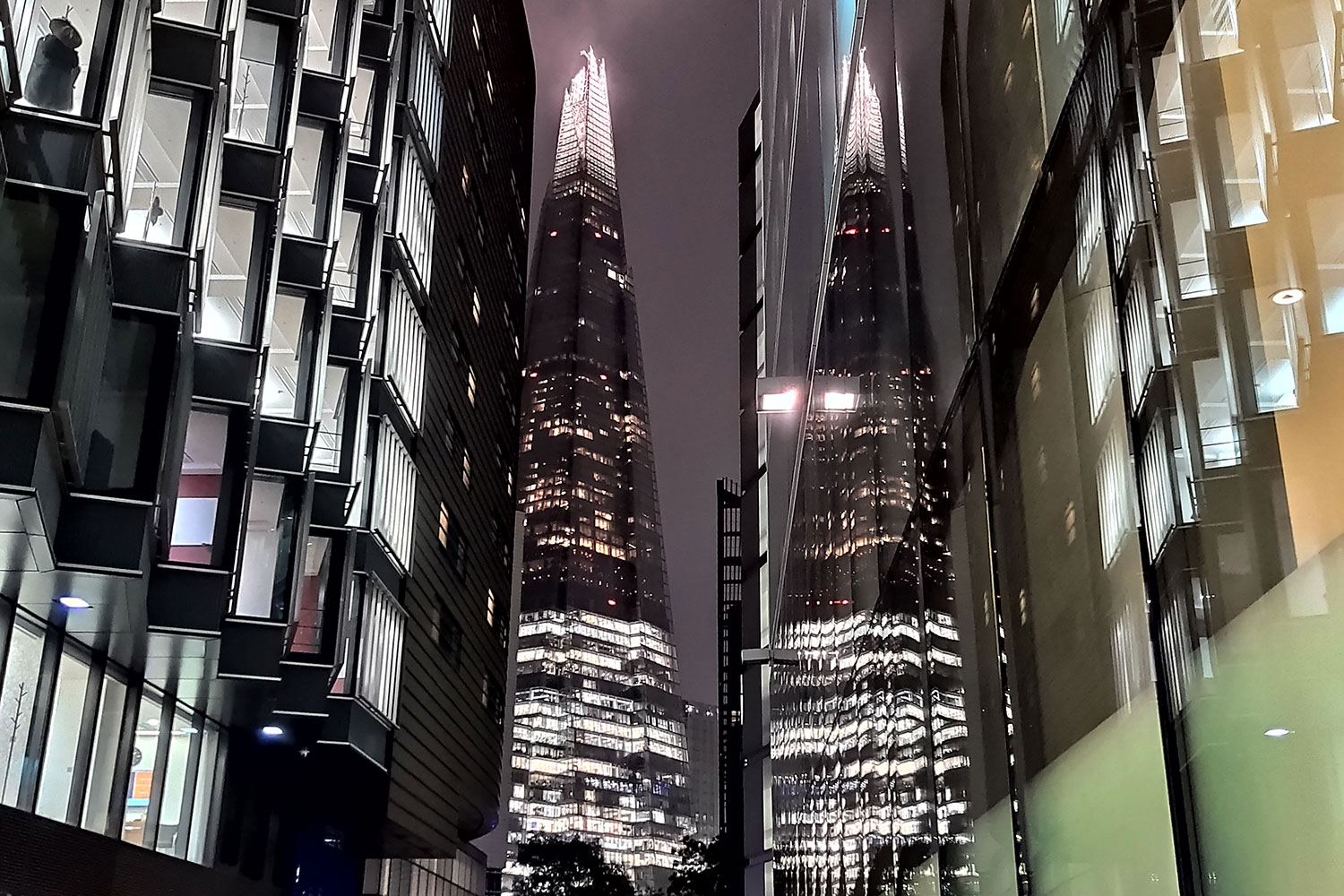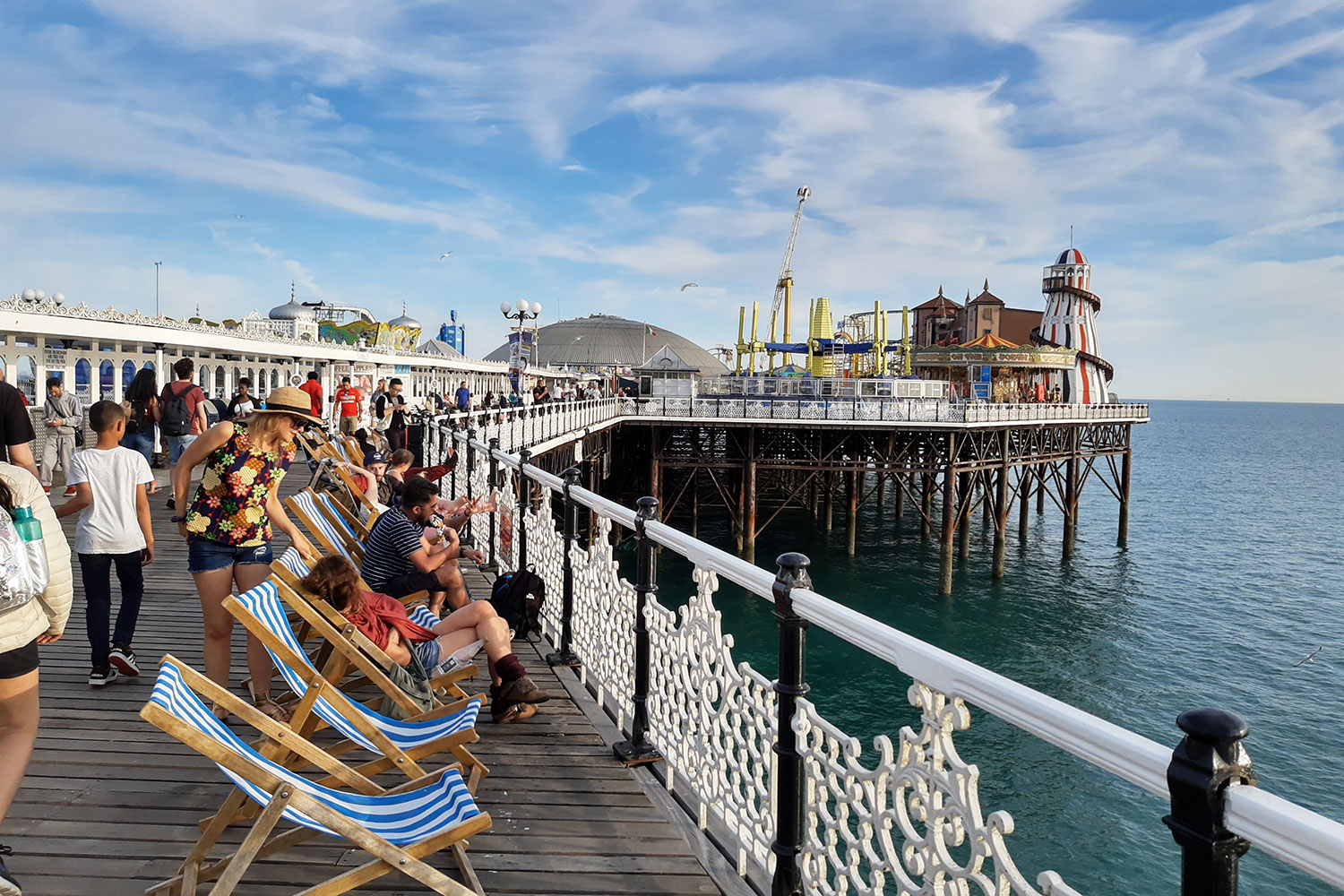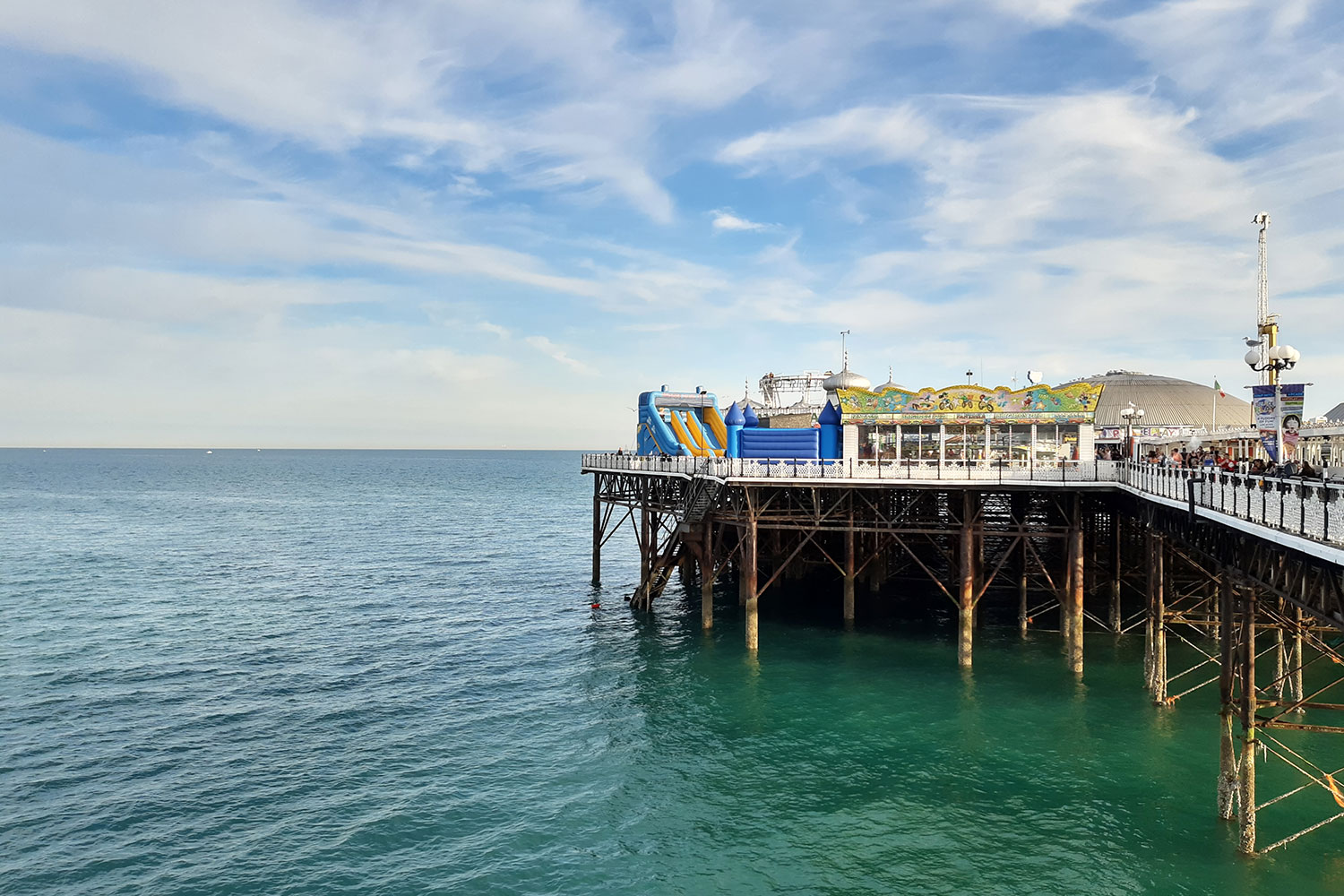“The Motorola One Vision is capable and dependable, with a better-than-expected camera, at a lower-than-expected price.”
- Great software experience
- Capable camera that takes shareable photos
- Attractive, compact design
- Affordable price
- Slow, cluttered camera app
- No U.S. release
- Battery should last longer
At Motorola there was one man with a goal. One may even call it a mission, which he carried out with his heart and soul until he reached a solution. In a flash of light, he made the One Vision. Well, that’s possibly what happened. Or maybe it was just what Queen said.
If Motorola’s man-with-a-mission set out to make a dependable, capable smartphone at a price that’s affordable, then it’s definitely mission accomplished. The Motorola One Vision delivers a Pixel 3a-type of experience, for considerably less money, and who isn’t tempted by that? What’s more, it’s great to see Motorola go in a different direction from others with the One Vision, rather than just photocopy the iPhone.
A fresh design
Instead of sticking with the same old G-Series design, or making the One Vision another iPhone clone, Motorola has done something different. It has followed Sony’s unique approach of using a 21:9 aspect ratio screen, which makes the phone thinner and taller than others with a similar 6.3-inch screen size. The resolution will make this unusual shape more understandable, as it has 2,520 x 1,080 pixels, while the Pixel 3A XL has a 6.1-inch, 18:9 aspect ratio screen with a more standard 2,160 x 1080 resolution.
The lack of an always-on display continues to frustrate me on non-AMOLED phones, but the One Vision’s screen is a bright little thing, and the colors when watching videos like Twice’s Happy Happyreally pop off the screen. But if you’re expecting to enjoy masses of 21:9 content, you’re going to be disappointed. Yes, you can find some 21:9 shows on Netflix and, um, trailers on YouTube, but that’s about it. It’s not a reason to buy the One Vision, but the size of the phone itself is; I love the compact proportions the 21:9 aspect ratio brings. It’s just so manageable, without sacrificing screen size.
The screen is wrapped inside a plastic body shell, but you wouldn’t know it if I didn’t say. The rear panel on my review phone is a beautiful blue, with a stylish sheen over the top and laser-like lines running through it which catch the light in a distinctive way. It’s warmer to the touch than glass and more grippy, which is helped by the 8.2mm thickness and chunky sides. It’s 167 grams, so lightweight by modern phone standards.
I love the compact proportions the 21:9 aspect ratio brings to the One Vision. It’s just so manageable.
Rather than add a notch, Motorola has used a hole-punch to store the selfie camera. It’s in the top-left of the screen, and is far larger than the 4.5mm hole-punch used on the Honor View 20 and Honor 20 Pro. It does stand out more due to its larger size, but you soon forget it’s there. Use the right wallpaper too, and its presence is effectively obscured. The hole-punch slims the bezels down too, but there is still a noticeable bottom bezel, and several millimeters of bezel around the sides. Don’t let this put you off, the One Vision still looks very modern.
You get a 3.5mm headphone socket on the top, a reliable and fast fingerprint sensor on the back, a textured power button, and a USB Type-C charging port. There is a single speaker on the bottom of the One Vision, and it’s good, with plenty of volume and a surprisingly amount of power. Music over the headphone jack sounds great too.
The Motorola One Vision looks great, feels great, won’t slip out of your hand, and doesn’t look exactly like every other phone either. It’s excellent.
Capable camera
Sony’s IMX586 48-megapixel camera sensor is about the most popular sensor we’ve seen, as it is showing up on a massive variety of smartphones this year, and the One Vision is another to add to the list. The f/1.7 aperture sensor with optical image stabilization is joined by a second 5-megapixel, f/2.2 aperture depth sensor on the back of the phone, set in the top left. It uses quad pixel technology to boost low-light performance, and therefore doesn’t have a dedicated 48-megapixel mode, and instead takes 12-megapixel shots using this technology.
It’s also packed with features. There’s a new Night Vision mode, which takes multiple shots at different exposures, then with some software trickery creates one noise-free photo. Spot Color retains a single color in a shot and makes the rest black and white, plus there is a portrait mode, and Cinemagraph, which records a few seconds of video for a moving photo.
Is the camera any good? Yes, especially for the price. On sunny days, blue skies pop, and on overcast days the sky and clouds have just the right degree of detail. At night, the Night Vision mode takes atmospheric photos and the boasts about reduced noise are accurate, as it smooths night skies and subtly-lit subjects out nicely. However, some may find the results too artificial. The One Vision’s photos have a pleasingly-tuned, natural look to make them more shareable, without over-saturating the end result. But it can struggle in very bright light, when the HDR feature fails to balance effectively. It’s a small negative though, and I have enjoyed taking photos with the One Vision’s camera.
The One Vision’s photos have a pleasingly-tuned, natural look to make them more shareable.
How about the features? They’re mostly gimmicks, but they can be fun. Spot Color is probably the most interesting, as it drains the photo of color apart from one chosen hue. If you pick the right color, the end result looks great, but it’s not very good at separating similar colors, and it can end up looking a little messy. Sadly, unlike Huawei and Honor’s similar feature, there’s no way to edit out these unwanted colors from the end result.
By far the worst thing about the One Vision’s camera is how slow the shutter is, and the app itself, which is not very logical. The features are all indicated by icons, rather than words, and the slide-in menu is jerky and not well laid out. Coming from vastly superior camera apps, like the OnePlus 7 Pro and the iPhone XS, it’s a disappointment.
The selfie camera has 25 megapixels, and some really fun features. Portrait and Spot Color work on the front too, and the interface is user-friendly, making selecting varying depth-of-field effects easy. Spot Color works in the same way as the rear camera, and provided you choose wisely, it produces an effective picture.
The Beauty Mode can be switched off, and isn’t too aggressive unless turned up to maximum, when it’s capable of smoothing out even the craggiest of faces. The Portrait lighting effects aren’t that impressive, and require exactly the right lighting conditions to look anything other than obviously artificial. However, the selfie camera doesn’t deal with bright conditions very well, and often over exposes the background.
Software and performance
This is an Android One phone, which means you get to enjoy an almost Google Pixel-like software experience, and the benefits of regular updates from Google too. The review model came with Android 9.0 Pie installed, and the May security update. It will receive Android Q when the time comes.
The software is clean, uncluttered, simple to use, and free from bloat and interruption. It’s impossible to ruin Android One, and with a decent processor behind it, the performance can be reasonable too. Motorola installs its own Moto app, where you can customise some aspects of the phone, such as the how the lock screen works to activating the flashlight with two karate-chop actions. But otherwise, only Google’s apps come pre-installed.
It’s not dissimilar visually to Motorola’s own Android experience on the Moto G6 and the Moto G7, but the software is noticeably more stable, and less pushy about Motorola’s own apps. There’s no Moto Voice feature, for example, and it’s not missed. Google Assistant is on call with a long press of the Home button.
The 21:9 aspect ratio screen makes a 5×4 icon layout look quite squashed, but all icons are easily accessible with one hand. This and the rear mounted fingerprint sensor makes picking up, unlocking, and using the One Vision very quick and easy, compared to a bigger phone with an in-display fingerprint sensor.
The processor is not a Qualcomm Snapdragon, but a Samsung supplied Exynos 9609 — a 2.2GHz octa-core chip that’s probably equivalent to a higher-spec Snapdragon 600 series, for reference. It’s accompanied by 4GB of RAM and 128GB of storage. The One Vision never feels slow, but it never feels very fast either. The good thing is performance is never slow enough to be annoying, but longer-than-they-should-be pauses are common. You get used to it, but move on to a higher performance phone, and you really see the One Vision’s power shortcomings.
- AnTuTu 3DBench:151,944
- Geekbench 4 CPU: 1,604 single-core; 5,527 multi-core
- 3DMark Sling Shot Extreme:1,387 Vulkan
Compare these benchmark results with its competitors, and the One Vision’s scores consistently puts it above the Nokia 7.1 and slightly behind the Google Pixel 3a. Android One helps iron out the One Vision’s mid-range performance, as it’s mostly a great experience.
There’s a hybrid SIM tray inside the phone, ready to take two SIMs or a single SIM and a MicroSD card, which is always a welcome addition. We have had it running in dual-SIM configuration and it has functioned adequately, although I have noticed it has struggled to use data services in low reception areas, more so than other phones. This may be due to the signal indicator not correctly displaying how much signal the phone actually has.
Mostly day-long battery
One Vision, one day battery life. The 3,500mAh cell never ran out of energy before the end of a day, but it did get close when under strain for more than a few hours, particularly when streaming music or video for extended periods. Moderate users, which is the majority of people who will consider the One Vision, won’t worry too much.
If you want to play games, stream media, use the camera, and go on social media a lot in a single day, expect some battery anxiety after the sun goes down. The battery’s shortcomings are highlighted during our YouTube video streaming test, where the One Vision played a 1080p video continuously at full brightness over Wi-Fi for just 7 hours and 2 minutes.
Motorola’s 15W TurboCharge is utilized with the One Vision, and it took about 90 minutes to take the battery from flat to full, with 30% coming up in 20 minutes. There’s no wireless charging, but this would be considered a luxury at this price.
Price, warranty, and availability
The Motorola One Vision is available through Motorola’s online store, Amazon, and other partners in the U.K. now for 270 British pounds, or about $342. In Europe it’s yours for 300 euros. Well done, Motorola, that’s some strong value. The One Vision is not expected to go on sale in the U.S., which is a shame as it looks like a much better buy over the Moto Z4.
Our Take
Motorola proves it hasn’t forgotten how to make a great phone for a reasonable price. The Motorola One Vision gives us what we want from a smartphone — good design, a capable camera, usable software, and all-day battery — and then remembers this shouldn’t be exclusive to phones that cost the same as a month’s rent.
Are there any alternatives?
The Motorola One Vision’s big adversary is the Google Pixel 3a. It’s $400 in the U.S., or 400 British pounds in the U.K. where its value is considerably worse than in the U.S. — but the temptation of the very strong camera and smart software is strong. The One Vision looks better, is cheaper, has a good camera that comes close, and Android One. In the U.K. it definitely is the more sensible buy.
It may be getting a little old now, but the Nokia 7.1 is also a solid purchase. It looks good, has Android One as well, and the camera takes decent pictures. If you search, you can find it for a lot less than the original $350/300 pound launch price too.
Finally, there are plenty of other Motorola phones around this price, just to confuse you. The $300 Moto G7 is great, but the camera can’t keep up, and then there is the $500 Moto Z4, which shares many of the same technical attributes, but supports Motorola’s Moto Mods accessory system, for which you pay more for the device in the first place (the Moto Z4 is only available in the U.S. and Canada).
How long will it last?
The One Vision is not water resistant, but the plastic body should prove harder wearing than one made of glass in the event of a fall. A transparent silicone case is included in the box to keep the phone looking its best.
Its mid-range specs mean that after two years, it may feel sluggish when attempting to run the latest games, or perform processor-intensive tasks. However, if you’re not going to use the phone heavily, this won’t be much of a concern. Android One guarantees software updates for this period of time too.
Should you buy one?
Yes. There’s nothing here that’s a major drawback. It’s a great price, the design is stylish, the camera takes good photos, the software is excellent, and the battery lasts all day unless you’re really pushing its capabilities. It deserves the same plaudits lavished on the Google Pixel 3a, because don’t forget, it’s less expensive.






